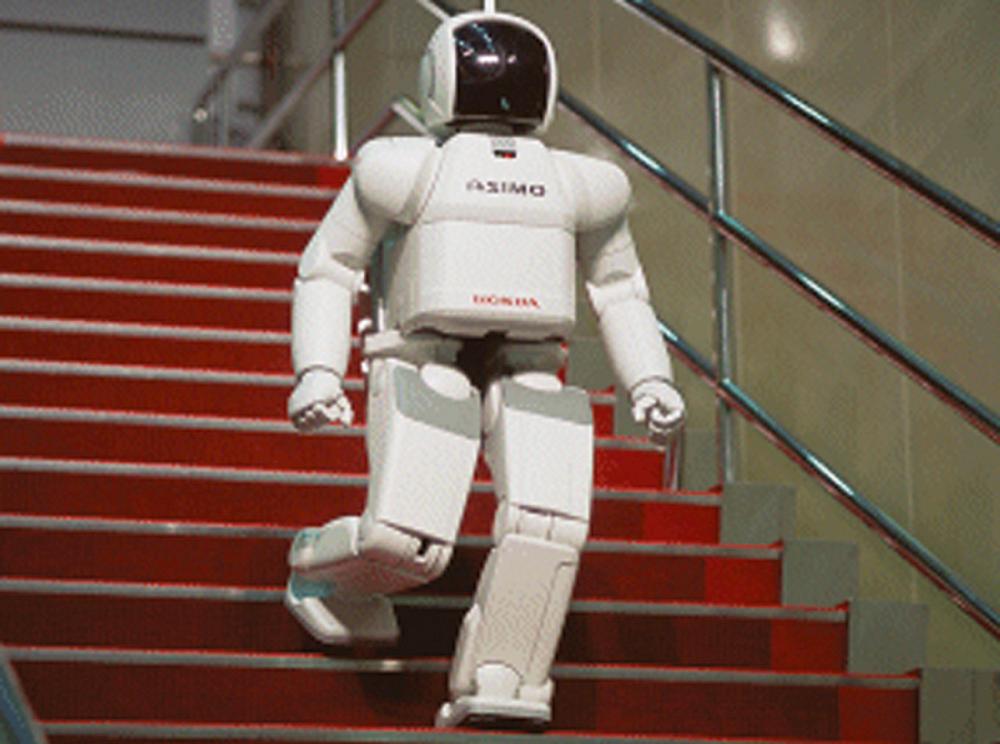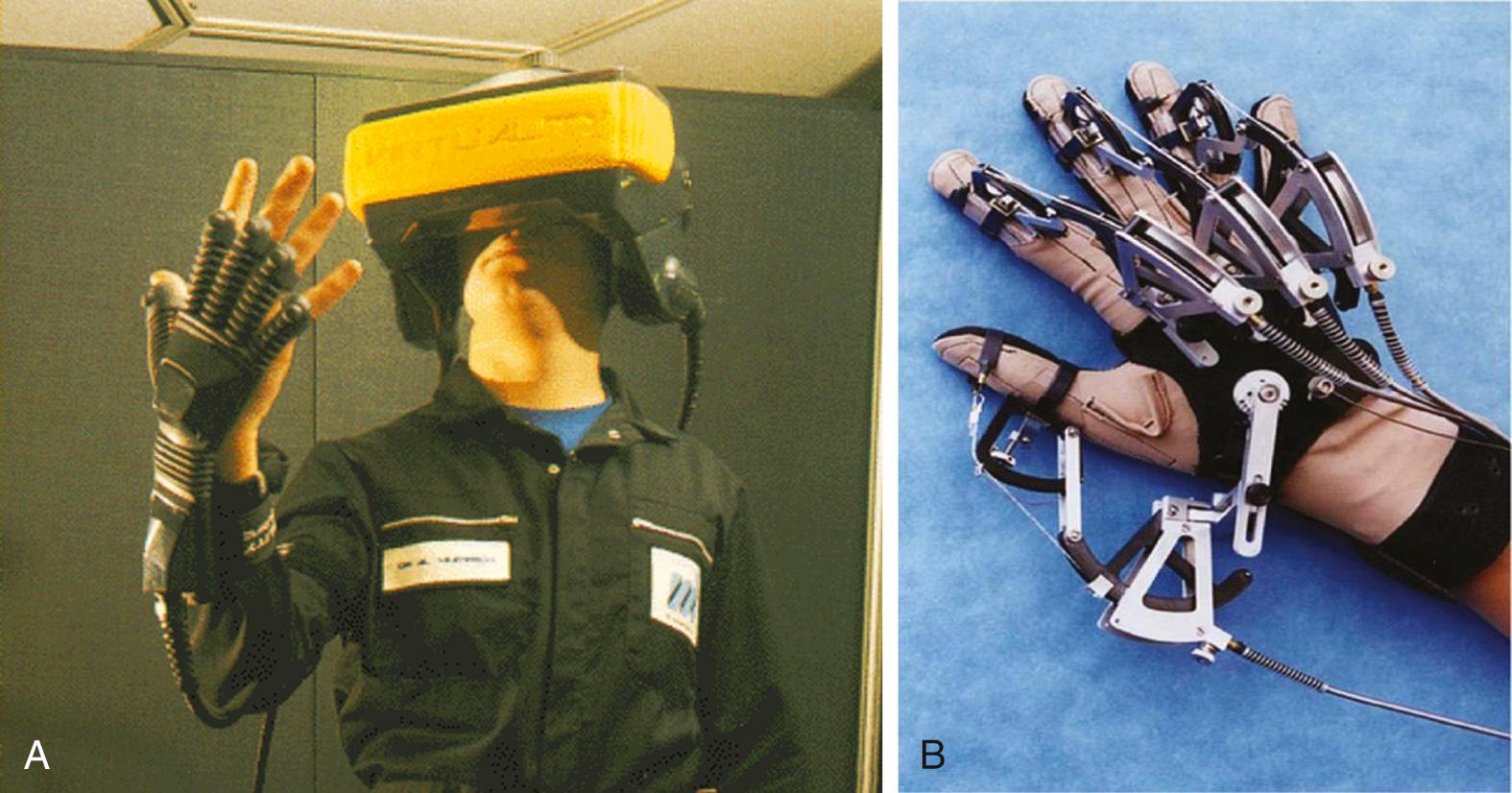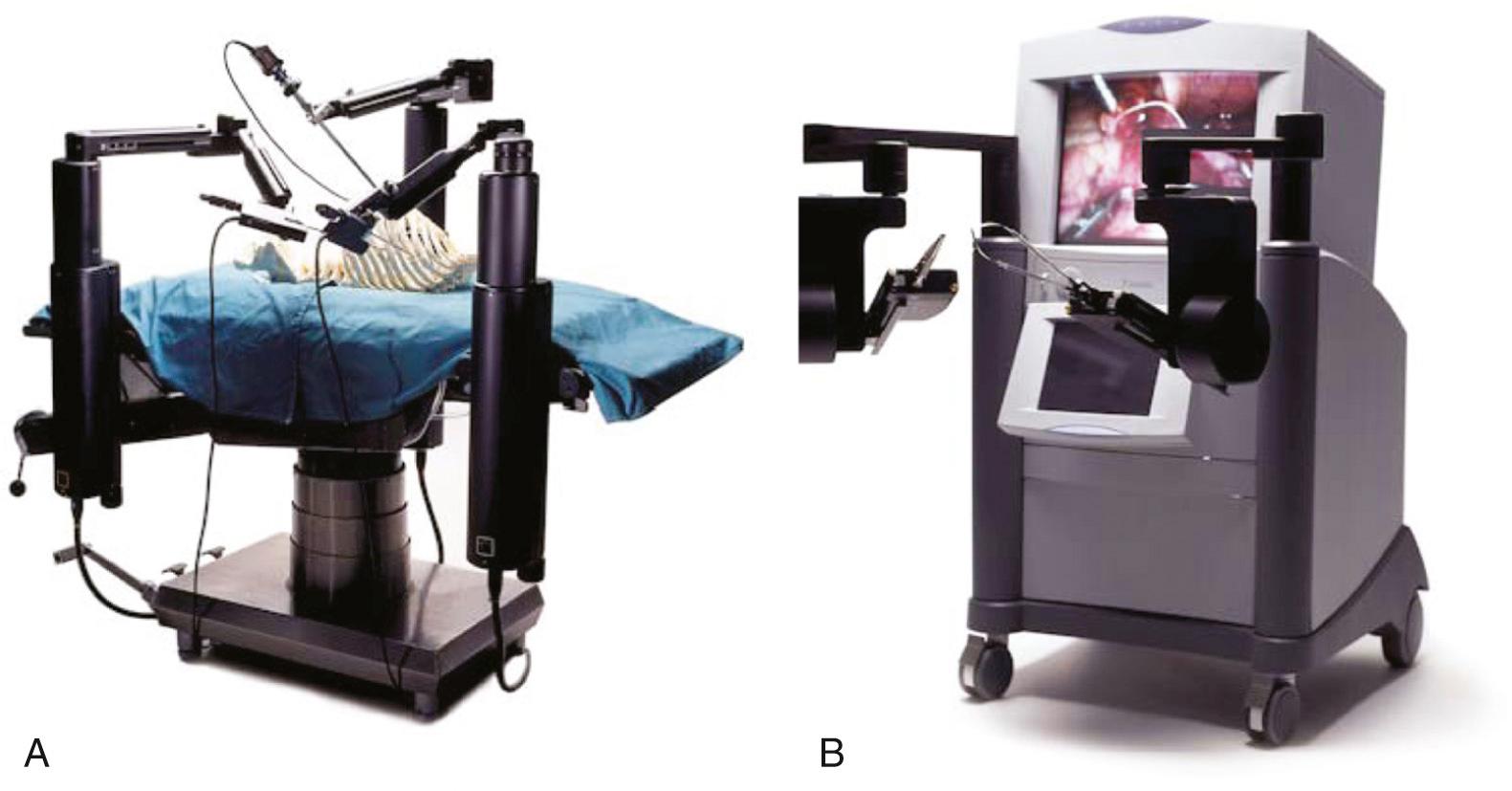Physical Address
304 North Cardinal St.
Dorchester Center, MA 02124
Surgical robots have evolved from being rudimentary scope holders to currently sophisticated and precise telerobotic systems, with “wristed” technology and true three-dimensional visualization.
Adoption of robotic surgery has gained the most widespread adoption for upper aerodigestive tract early stage benign and malignant tumors and is approved by the Food and Drug Administration for these applications.
New robotic systems are currently under development and clinical study, which will likely expand their use to other areas within the head and neck.
Despite a number of hurdles, it seems likely that the future will bring more indications for robotic surgical assistance.
The origins of robotics may be traced to the early 20th century, when the Czechoslovakian Capek brothers introduced the concept of automated devices. Joseph Capek wrote the short story “Opilec,” in which “automats” were described; Karel Capek wrote “Rossum's Universal Robots.” The introduction of the term robot —derived from the Czech word robota, which means “serf” or “laborer”—was in this fictional depiction of the increasing sophistication of robots that eventually rose up against their human inventors. Another seminal fictional work that sparked the collective imagination of scientists and society alike was “Runaround,” Isaac Asimov's collection of short stories, published in the 1940s and 1950s. In it, he developed the three laws relating to robot behavior:
A robot may not injure a human being or, through inaction, allow a human to come to harm.
A robot must obey orders given it by humans except when doing so conflicts with the first law.
A robot must protect its own existence as long as this does not conflict with the first or second laws.
Robots have long captured the public's imagination, as demonstrated by the popularity of television shows and Hollywood movies centered on robots.
Simultaneous with sensational depictions of the potential for common robotic applications, gradual and stepwise breakthroughs in electronics and computers paved the way for the development and production of the first meaningful robot in 1958, dubbed the “Unimate” by General Motors. Its use in assembly lines to facilitate automobile production in 1961 was the first in what eventually became widespread application of automation in the automobile industry. Honda has been particularly innovative in its development of robotic humanoids, culminating in the ASIMO, which is able to not only walk but is capable of negotiating stairs ( Fig. 124.1 ).

A growing number of other applications for robotics have quickly emerged that include military uses, purposes as far reaching as exploration of deep sea and space, and tasks as mundane as lawn care and house cleaning. These robots can be characterized in a variety of ways, as automated arms, mobile devices, mills, or telerobotic devices. With the advent of these many and varied robots, a specific nomenclature has developed to classify their actions and mechanisms.
As the presence of robots in the operating room becomes more pervasive, a basic knowledge of the language of robotics is useful. The terms we will introduce here represent the essential foundation of robotic lexicography. Robotic surgery implies the use of a powered device that functions under programmable computerized control and may be used to manipulate instruments and to perform surgical tasks. Active robotics refers to a robot that is programmed to independently perform a complete task without an operator to control it; semiactive robotics requires the input of an operator to perform defined, powered tasks; and passive robotics are those that function only at the direction of the operator, without independently powered movements, also sometimes referred to as a telemanipulator . The term telerobotic surgery refers to a system in which the operator controls a robot from a console that contains a virtual, three-dimensional (3D) visualization framework and from which robotically controlled manipulations are reproduced.
Although the earliest applications of robotics were in the automobile industry, the Department of Defense recognized the potential value of remotely controlled robots, both for the military options they afforded and for the possibility of providing care to wounded soldiers on the battlefield with the surgeon safely out of harm's way. This concept of virtual insertion of the surgeon into the battlefield was championed and funded by the Pentagon's Defense Advanced Research Projects Agency. Similarly, the National Aeronautics and Space Administration teamed up with the Ames Research Center and the Stanford Research Institute to develop a head-mounted virtual-reality display ( Fig. 124.2A ) and a dataglove (see Fig. 124.2B ) with which a user could cause and witness his or her own interactions within a virtual environment.

Less-sophisticated technology was used to accomplish the first robot-assisted surgical procedure in 1985, a stereotactic brain biopsy. In 1992 the Robodoc (Curexo Technology, Fremont, CA), a computer-guided mill used to core the femoral head, was introduced in Europe for use in hip replacement surgery, and later the Acrobot (The Acrobot Company, London) was developed for knee replacement and temporal bone surgery.
The growing interest in surgical robotic applications, along with ample funding, spawned a number of market leaders in medical robotics, companies like Computer Motion and Intuitive Surgical. Computer Motion developed the a utomated e ndoscopic s ystem for o ptimal p ositioning (AESOP), which was combined with Hermes (Styker Europe, Montreux, Switzerland) voice-activation movement technology, but its adoption in laparoscopic surgical procedures was limited. Computer Motion was also responsible for creating the Zeus telerobotic system ( Fig. 124.3 ).

Computer Motion was eventually acquired by Intuitive Surgical, the Zeus was retired, and Intuitive Surgical's da Vinci system became the industry standard for surgical robotics. The current leading applications include prostate, cardiothoracic, and advanced gynecologic surgery. More than 85% of prostatectomies, for example, are currently performed using the da Vinci system.
The first trans-Atlantic telerobotic surgery received relatively little attention because of the temporal relationship to the 9/11 terrorist attacks. On September 7, 2001, Jacques Marescaux was seated in New York City while he performed a laparoscopic cholecystectomy on a patient who was 3800 miles away in Strasbourg, France. Dubbed the “Lindbergh Operation” in tribute to Charles Lindbergh, the first pilot to accomplish a trans-Atlantic solo flight, the procedure was a collaborative effort between Marescaux and Michel Gagner of Mount Sinai Hospital in New York. High-speed fiberoptic connections provided by French Telecom were necessary to minimize the time-lag between surgeon commands and robotic movements, and the response delay achieved was 155 ms. Although sensational events like these prompt high expectations, the implementation of robotics into fields such as otolaryngology–head and neck surgery has been a much more gradual and deliberate process.
Become a Clinical Tree membership for Full access and enjoy Unlimited articles
If you are a member. Log in here